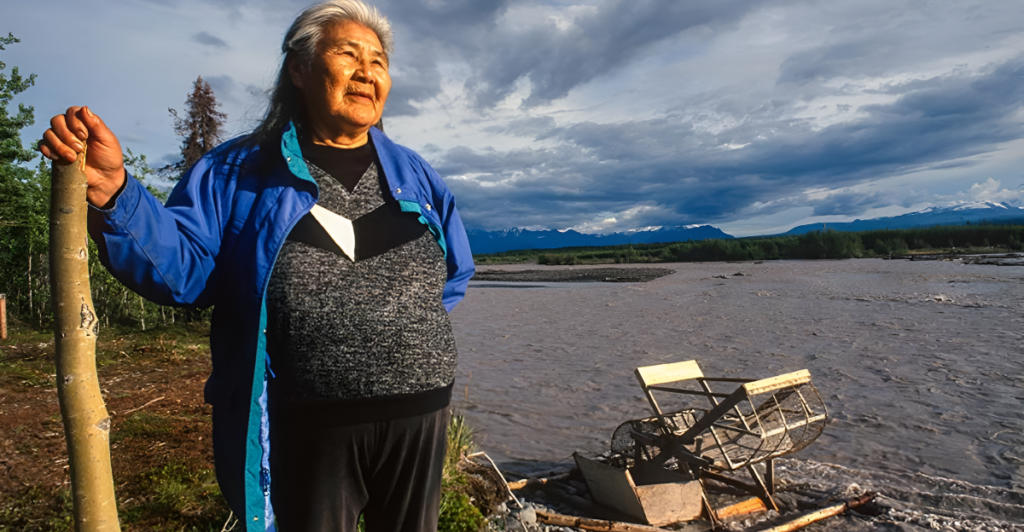
Two major gold projects in Alaska have caught the attention of native tribes, who’ve launched a legal battle in response. The Donlin Gold Mine and the Manh Choh suction dredge operation could pose major problems in the region if not stopped, and that’s exactly why six tribes took them to court.
The court found that the former operation’s permit violated environmental and subsistence protection laws by not properly assessing the risk of a tailings dam failure.
The Native Village of Dot Lake sued the U.S. Army Corps of Engineers and argued that the Manh Choh project did not consult them through the proper means. This project would risk over 150 acres of untouched estuary.
Historical Patterns Of Extraction
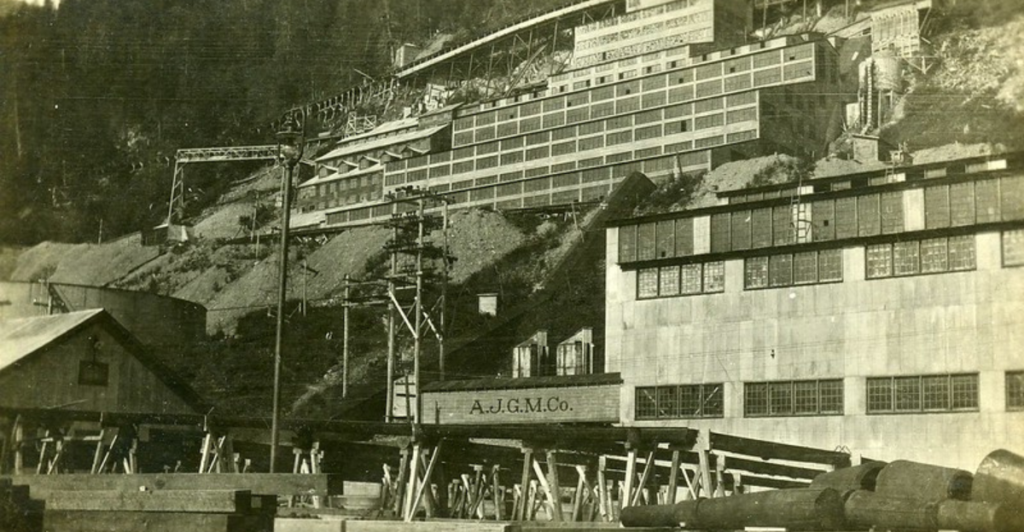
Alaska has had a long and complicated history of gold mining since the 1800s. Part of its legacy includes disruption and marginalization of Native communities.
Big companies from Canada and the United States own the Donlin Gold Mine and its projects could threaten the nearby rivers and lands that Native people have been living on for thousands of years. The Manh Choch project would have negative impacts on river areas near Tok that have been untouched until now.
These interests are nothing new, and mining in the past has put profit ahead of the rights of Indigenous people and the environment. Native tribes are always fighting against these projects, like the Pebble Mine that threatened salmon in Bristol Bay back in 2023.
Legal Wins
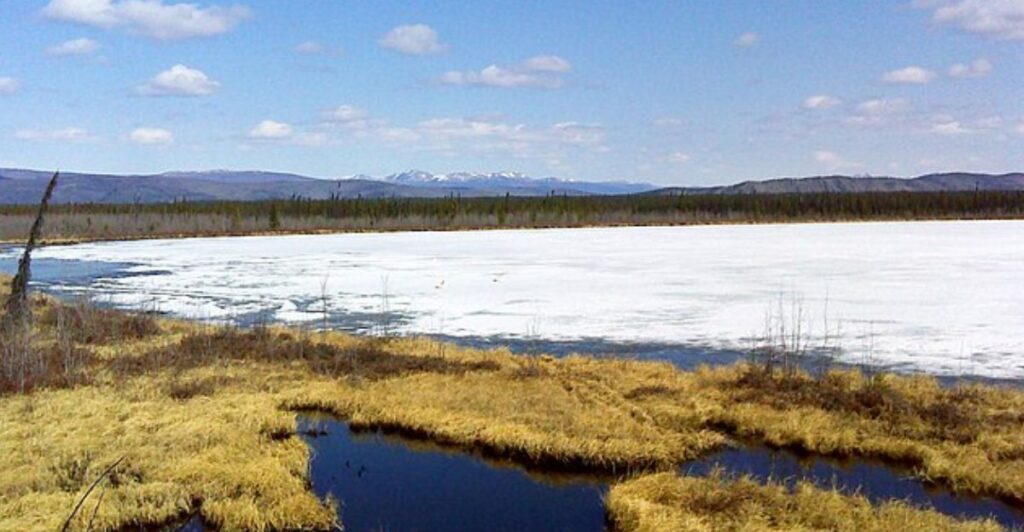
Donlin’s permit was assessed by a court in 2024 and it was realized that the government broke the law by approving it without fully comprehending the risks involved, especially if a nearby dam holding toxic waste failed as a result of mining.
This showcases that sometimes projects are approved without looking at long-term risk factors that could have catastrophic affects on the environment and local people. The Manh Choch project has allegedly repeated this, not following laws that protect Native and environmental rights.
These legal battles have high stakes, as they could change the future of mining and how projects get approval. The local tribes have been protecting their land and the environment for centuries, and this won’t stop now.
How The Projects Could Harm Nature
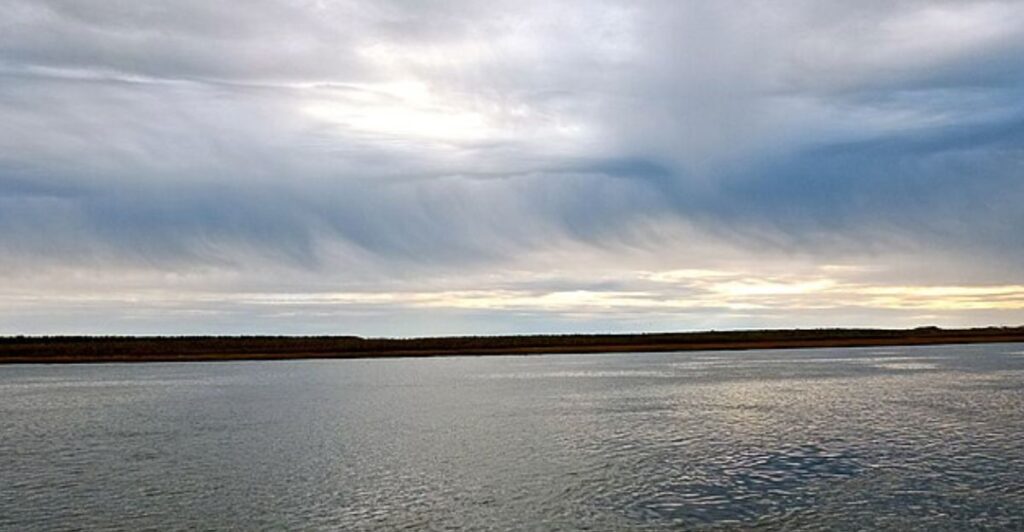
Many native people and indigenous animals rely on the Kuskokwim River and the salmon that thrive there. They are relied on for both food and cultural reasons.
If the Donlin Mine project goes ahead, then the nearby dam that holds mining waste breaks, the river would be polluted, potentially killing the salmon and other species. The Manh Choch project would pollute the Tok River through chemical runoff.
This would impact local fish species and migratory birds. Climate change and other factors are already threatening local wildlife, and mining operations would only exacerbate their problems. It is crucial to prioritize the health and balance of ecosystems over profitability.
The Importance Of Salmon
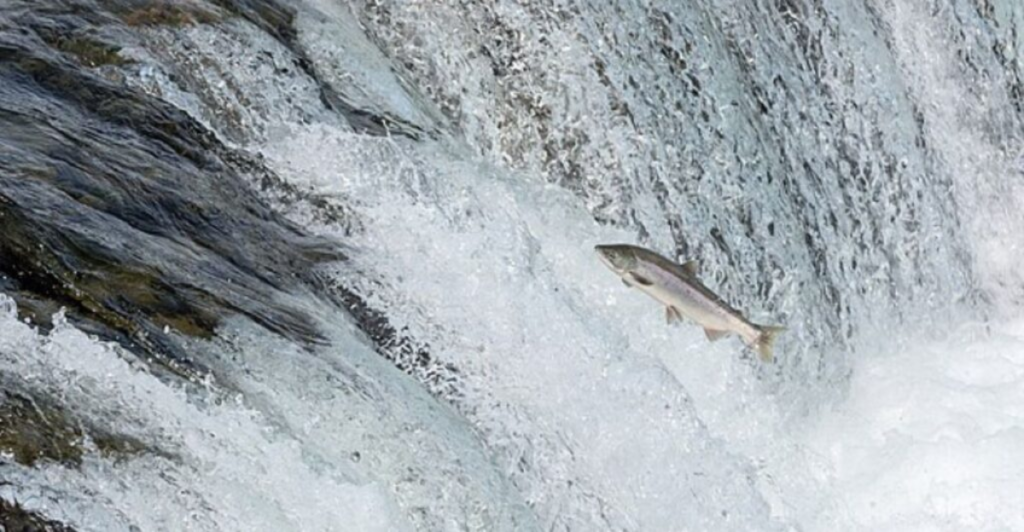
Salmon are an important part of the local ecosystem and Native communities that live by these rivers. They provide food for the local people and are a big part of their cultural traditions that have remained intact for generations.
However, in recent years, salmon populations have been plummeting and fishing has been restricted to allow their population to recover. Mining pollution would add another variable to their already vulnerable population.
If habitat damage occurs as a result of mining projects, salmon could disappear from these rivers, which would threaten local species and Native communities alike. The tribes have a vested interest in keeping the salmon population and their habitat balanced.
Culture And Economy Risks
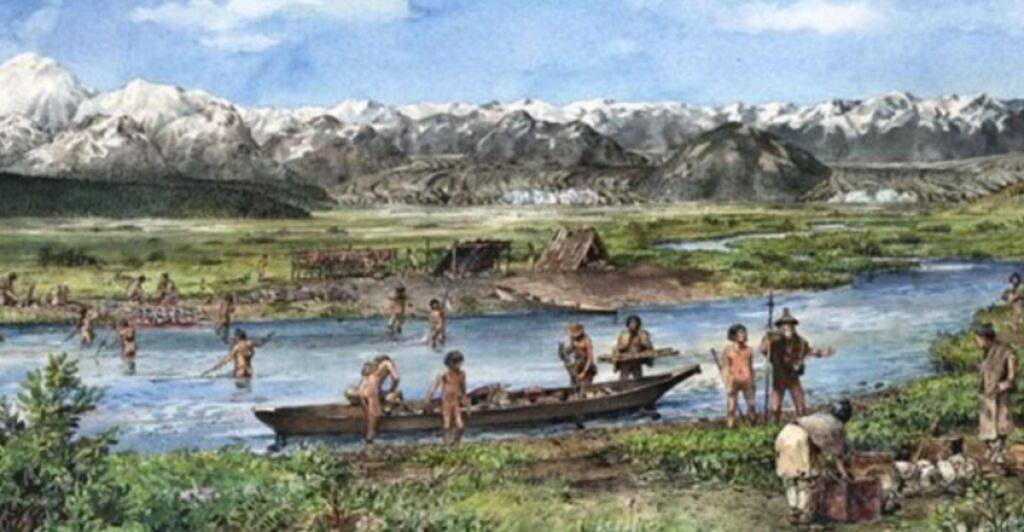
Many Native tribes in Alaska see the land and rivers as sacred and part of their cultural identity. Their way of life includes fishing, hunting, and gathering, which is not just about a source of sustenance. These activities are an integral part of connecting people to their history and community.
The Manh Choh area is an important part of Alaska’s tourism industry, and it contributes to local economic factors. If mining harmed these resources, both the culture of Native people and the source of income stability would be impacted.
This means that the fight against mining efforts is not just about the environment but about many delicate factors, all playing an important role in the livelihood and cultural integrity of people living in the area.
Tribes Working Together
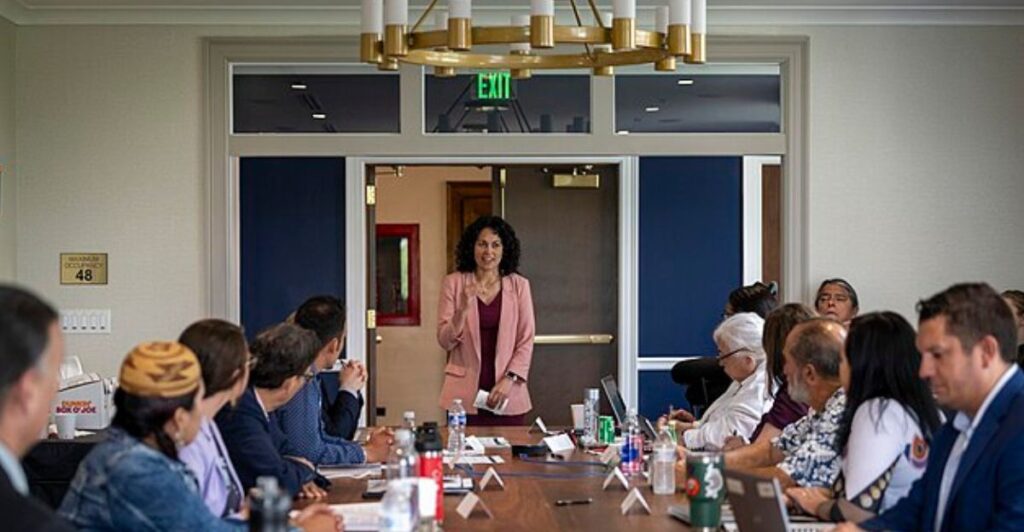
Due to the cultural and environmental risks of the potential mining activity, many Alaskan Native tribes have collaborated to act as one powerful voice against corporate greed. They have a lot of traditional knowledge and also utilize modern technology like drones to showcase exactly what’s at risk.
They make sure to look at the law and see when its overstepped to ensure that their voices are heard. These local coalitions are picking up and becoming stronger than ever before and could change how mining projects approach protected lands in the future.
Native rights have to be respected, and environmental health must be prioritized to ensure local habitats are not damaged.
Fairness And Justice

The backlash and subsequent lawsuits against Donlin and Manh Choh are part of a bigger fight for environmental rights and justice in Alaska. In the past, many mining operations have been allowed without much regulation or oversight. This leads to pollution and environmental harm, not to mention the damage to Native communities.
Government agencies should follow the law by looking at both the short-term and long-term risks associated with mining operations before issuing permits. Furthermore, tribes should also be consulted on the matter, as they have important knowledge of the area and the impacts that mining could have.
In the future, stricter environmental protections could be put in place, ensuring that indigenous rights are respected and environmental risks are factored into mining decisions.
The Future
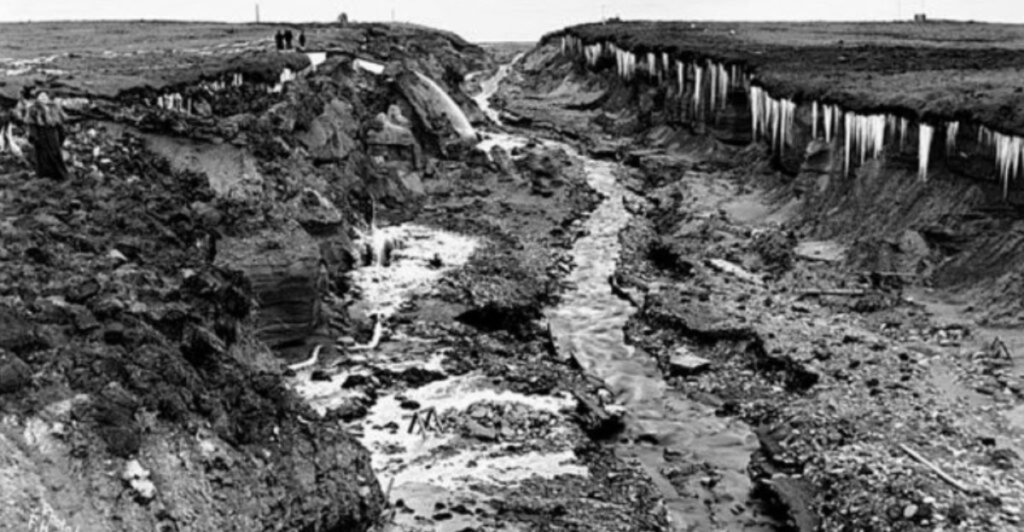
The impacts of the lawsuits could lead to stricter rules, which would mean that mining companies would have to fully understand the environmental and cultural repercussions of their operations before starting projects.
This invested approach would make permits in vulnerable areas much harder to get, protecting local environments and species like salmon that are already dropping in numbers. However, as Alaska remains a valuable asset for mining minerals, there will always be a push for mining operations to continue as mines dry up elsewhere.
. If projects are allowed to proceed without the right safeguards, then catastrophic damage could be caused to ecosystems and local communities. History could repeat itself, and social and economic inequalities would only become more exacerbated.
An Important Matter
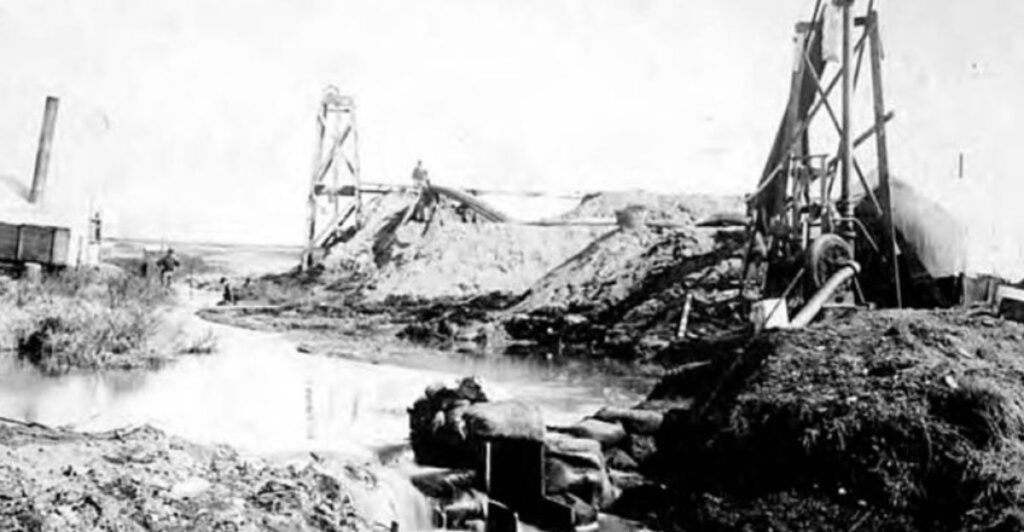
The fight against mining efforts in culturally significant and environmentally vulnerable lands is more important than the extraction of gold from the earth.
Gold is an important mineral in global economies and manufacturing processes, but when it comes to harming local populations, both human and wildlife, there is nothing to justify its extraction from the earth.
Recent court victories have shown that the Native tribes have the power to hold even large companies responsible. These are important precedents that must be set for future mining efforts that may have negative impacts on local communities and environments across the world.
Explore more of our trending stories and hit Follow to keep them coming to your feed!

Don’t miss out on more stories like this! Hit the Follow button at the top of this article to stay updated with the latest news. Share your thoughts in the comments—we’d love to hear from you!







